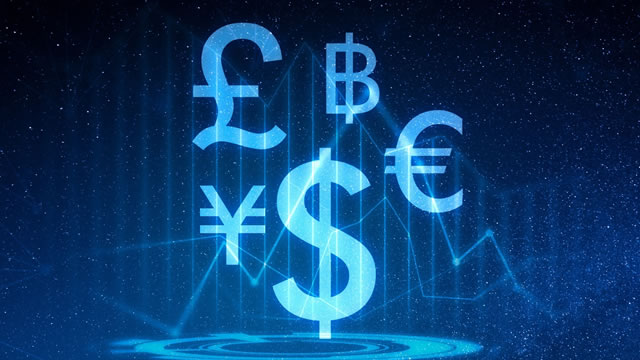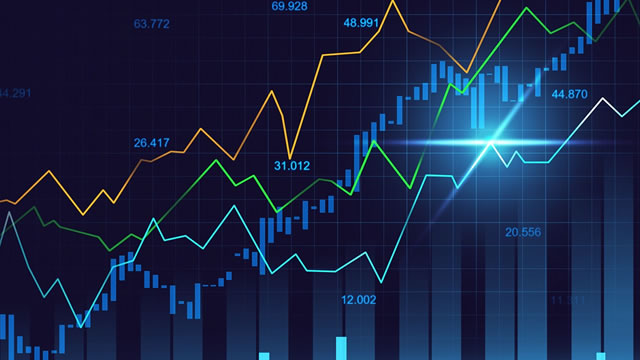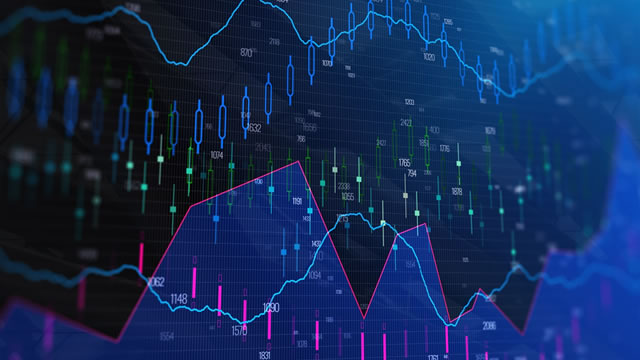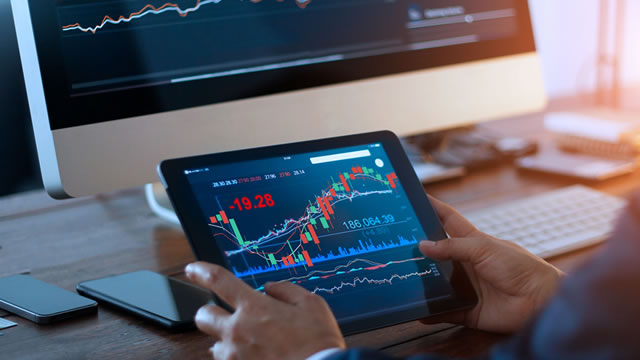Follow-Up Analysis: Gold Prices and Stagflation Fears
In our previous report published on 5 February 2025, we discussed how stagflation fears were driving gold prices to new all-time highs. Let’s delve deeper into this topic and explore the potential implications for individual investors and the global economy.
Gold Prices: A Safe Haven Asset in Times of Economic Uncertainty
Gold has long been considered a safe haven asset, with investors turning to it during times of economic instability or uncertainty. Stagflation, a term used to describe an economic condition characterized by stagnant economic growth, high inflation, and high unemployment, is one such condition that can lead to increased demand for gold.
The fear of stagflation arises when there are concerns that economic growth may stall, while inflation remains high. This can lead to a loss of purchasing power for consumers and investors, making gold an attractive alternative investment. Gold does not produce any income, but it maintains its value over time and can act as a hedge against inflation.
Stagflation Fears: Impact on Individual Investors
For individual investors, the resurgence of stagflation fears can present both opportunities and challenges. On the one hand, gold prices may continue to rise as investors seek to protect their wealth from the potential negative effects of inflation. On the other hand, other asset classes, such as stocks and bonds, may underperform during periods of stagflation.
Investors may consider diversifying their portfolios by allocating a portion of their assets to gold. This can help mitigate the risks associated with inflation and potential economic instability. However, it is important to note that investing in gold carries its own risks, including market volatility and the potential for large price swings.
Stagflation Fears: Impact on the Global Economy
The implications of stagflation fears for the global economy are significant. A prolonged period of stagflation can lead to reduced consumer spending, lower business investment, and slower economic growth. This can have ripple effects across various industries and markets, leading to increased uncertainty and volatility.
Central banks may respond to stagflation by raising interest rates to combat inflation. However, this can also slow economic growth and increase borrowing costs for businesses and consumers. Governments may also implement fiscal policies aimed at stimulating economic growth, such as tax cuts or increased spending on infrastructure projects.
Conclusion: Gold and Stagflation: A Complex Relationship
The relationship between gold and stagflation is a complex one, with gold acting as a safe haven asset during periods of economic uncertainty. Stagflation fears can lead to increased demand for gold, driving up prices and providing opportunities for investors seeking to protect their wealth. However, the potential negative effects of stagflation on the global economy can create challenges for individual investors and the broader financial markets.
As we continue to monitor the economic landscape for signs of stagflation, it is important for investors to stay informed and adapt their portfolios accordingly. Gold may continue to be an attractive investment option, but it is essential to consider the risks and potential rewards carefully.
- Gold acts as a safe haven asset during periods of economic uncertainty
- Stagflation fears can lead to increased demand for gold and higher prices
- Stagflation can have significant negative effects on the global economy
- Investors should consider diversifying their portfolios with gold





